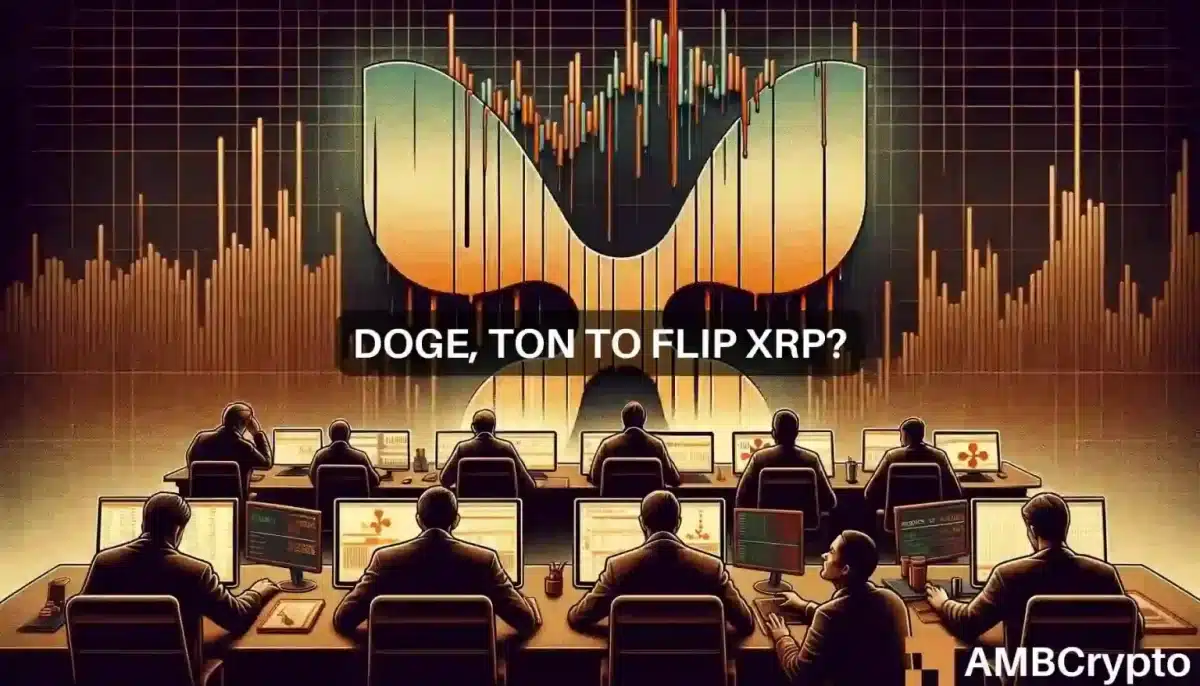How Does PERP Token Operate
What Is Perpetual Protocol (PERP)?
Perpetual Protocol (PERP) is an Ethereum token that enhances Perpetual Protocol, a decentralized exchange for perpetual contracts. Using perpetual contracts, users can open leveraged long or short trading positions for a variety of assets.
Who are the Founders of Perpetual Protocol (PERP):
Founded in 2019 by Shao-Kang Lee, Perpetual Protocol initially operated under the name “Strike” and was developed by a group of startup entrepreneurs and software developers. In 2020, the project shifted its focus to permanent futures and rebranded as Perpetual Protocol. The first mainnet version of Perpetual Protocol was deployed on the xDai network in December 2020, and the second version, Curie, was released on Optimism in November 2021.
What are the Working Principles of Perpetual Protocol (PERP)?
PERP is a software project with the primary goal of creating derivatives and financial tools that enable users to trade various assets. This decentralized exchange (DEX) operates using a derivative known as a perpetual contract, which derives its value from another asset. In essence, traders utilize leverage to trade with funds they do not own, using assets as collateral to obtain leverage. The perpetual contract, a form of decentralized finance (DeFi) leverage, aims to simplify price speculation without requiring users to hold the underlying asset. The protocol offers leverage of up to ten times for traders.
According to the litepaper, Perpetual Protocol seeks to provide a perpetual contract for every asset using a virtual automated market maker (vAMM). While an automated market maker (AMM) in DeFi facilitates liquidity without third-party intervention, Perpetual Protocol aims to virtualize AMMs, expanding their application space and overcoming existing AMM limitations. Unlike traditional AMMs, Perpetual Protocol employs a vAMM for price discovery, resulting in lower slippage for traders as vAMMs set liquidity algorithmically rather than capping it.
What are the Functions of Perpetual Protocol (PERP)?
PERP aims to support a wide range of assets, including traditional currencies, cryptocurrencies, and gold, through perpetual contracts. The protocol utilizes the price feed of these underlying assets to facilitate the contracts. Notably, the absence of a swap on a vAMM means traders retain their original asset, eliminating the need to exchange for a different asset as seen in AMMs. This mechanism allows the protocol to operate without holding the underlying asset directly, relying instead on the price feed.
Also, the decentralized autonomous organization (DAO) of Perpetual Protocol issues PERP, the native token of the protocol. Operating on the ERC-20 standard, PERP is primarily a utility token designed to facilitate and incentivize the governance process. Holders of PERP tokens gain voting rights proportional to their token holdings. Additionally, the protocol offers staking by allowing users to lock up PERP tokens in a staking pool for a specific period, rewarding stakers with additional PERP tokens.
How to Stake PERP: Staking PERP in Perpetual Protocol serves the dual purpose of taking tokens off the market while ensuring demand, enabling the exchange to respond swiftly to emergency scenarios. Stakers are rewarded for shouldering this risk through a two-stage reward scheme: stage 1 (beta) and stage 2 (yet to be launched). Liquid PERP rewards, based on weekly trading fees, and vesting PERP rewards, distributed proportionally after deducting liquid rewards, form the core of the staking incentives.
What is the Total Volume of PERP Tokens Available in Circulation: Perpetual Protocol reports a total supply volume of 150,000,000 PERP tokens available currently.
How to Buy Perpetual Protocol (PERP) Tokens: To acquire PERP tokens, users have various options, including utilizing Coinbase’s centralized exchange, available wherever Coinbase’s platform operates.



